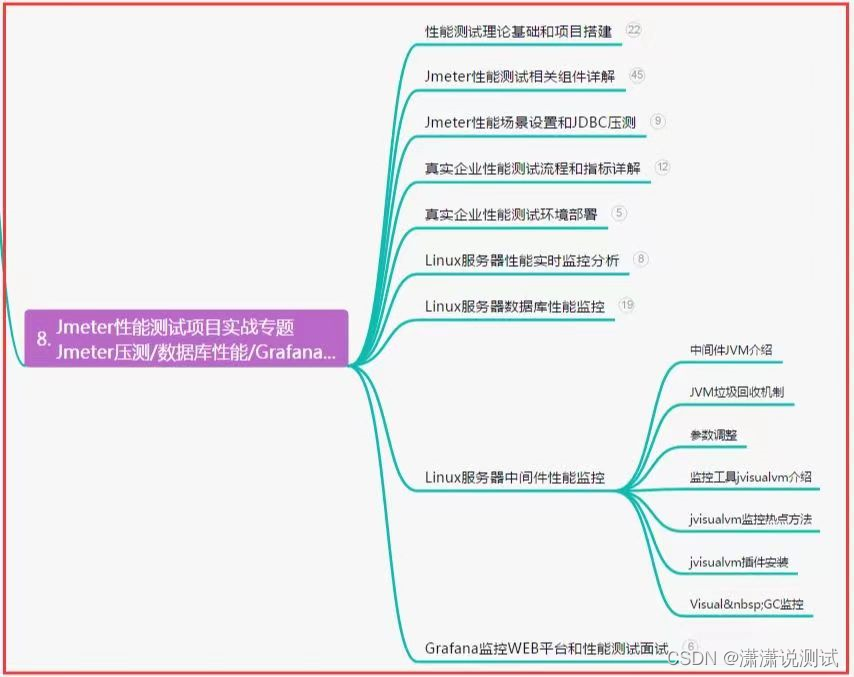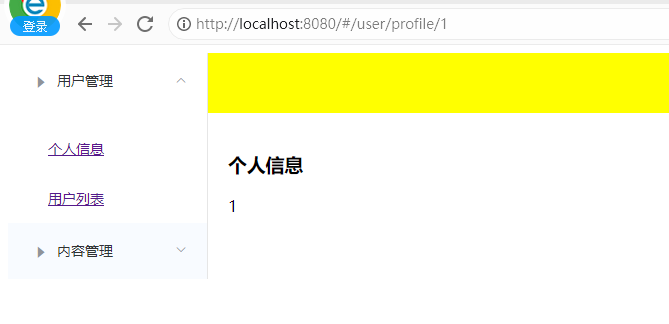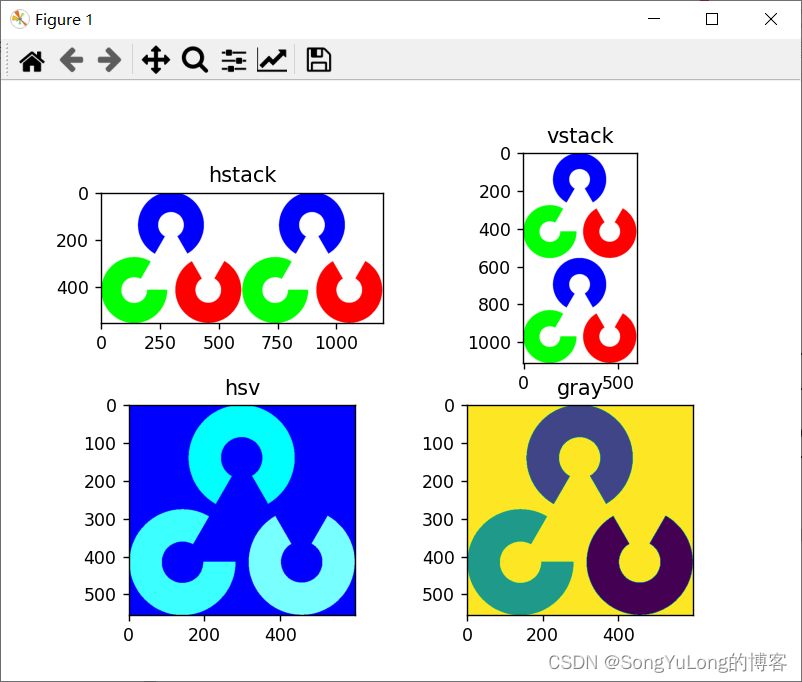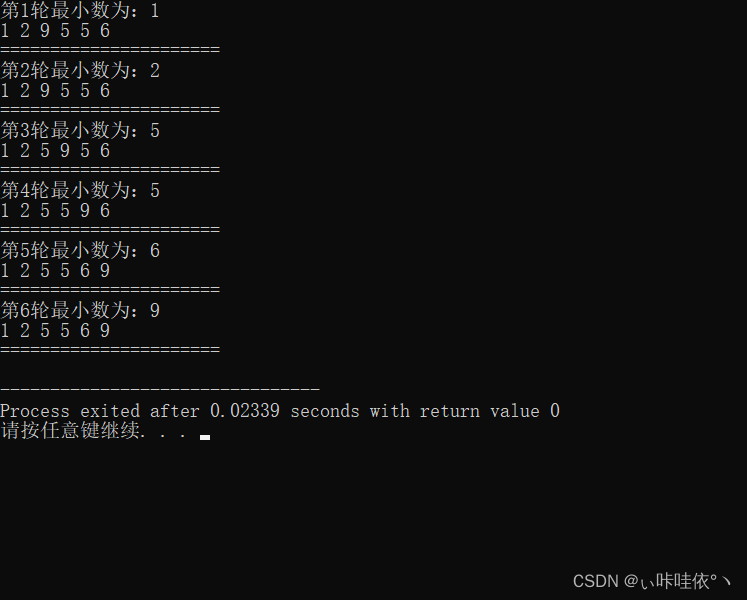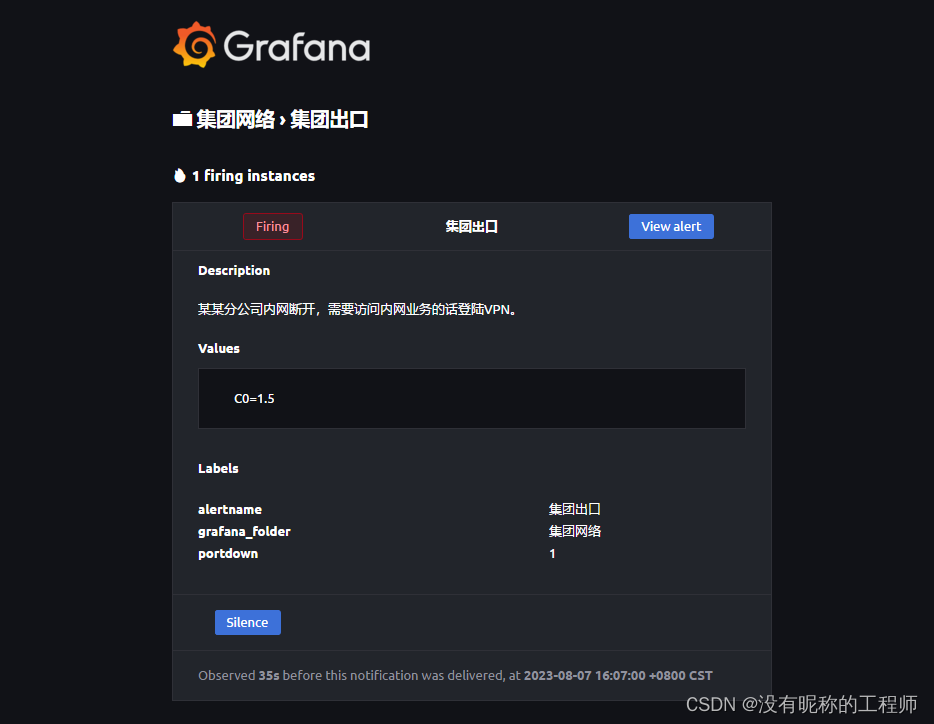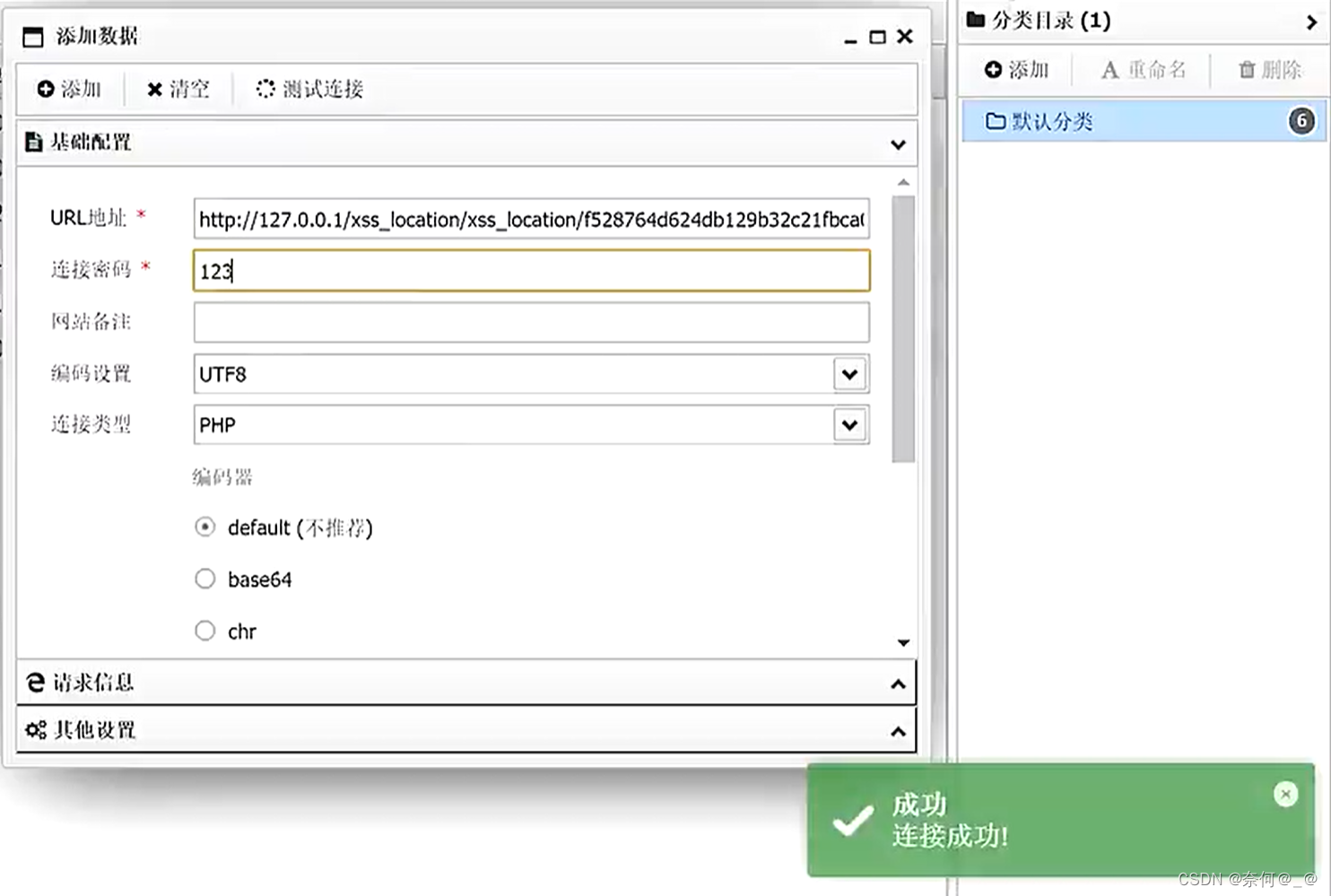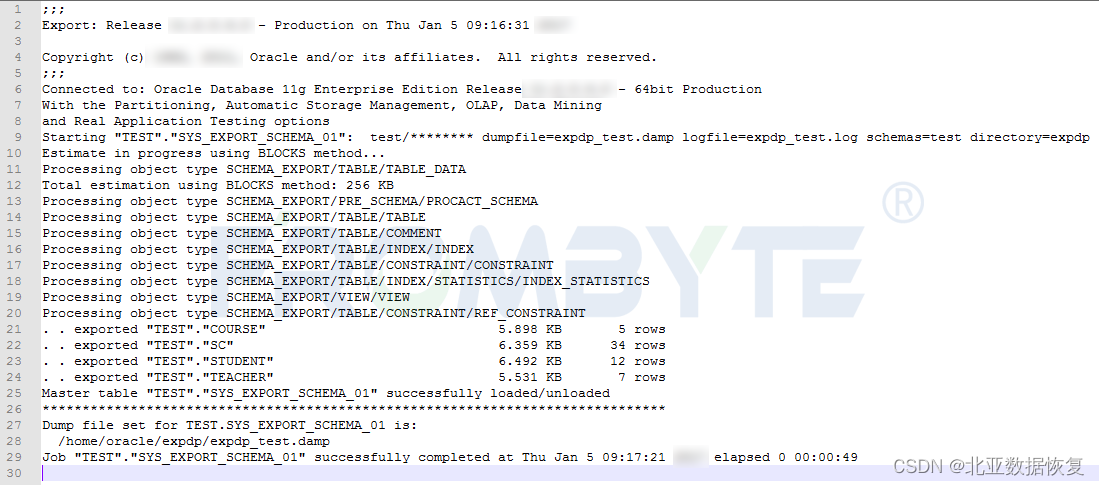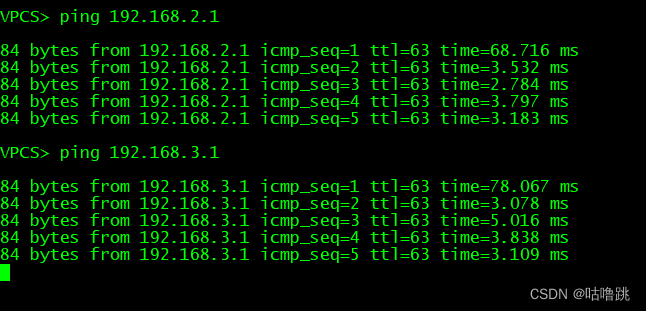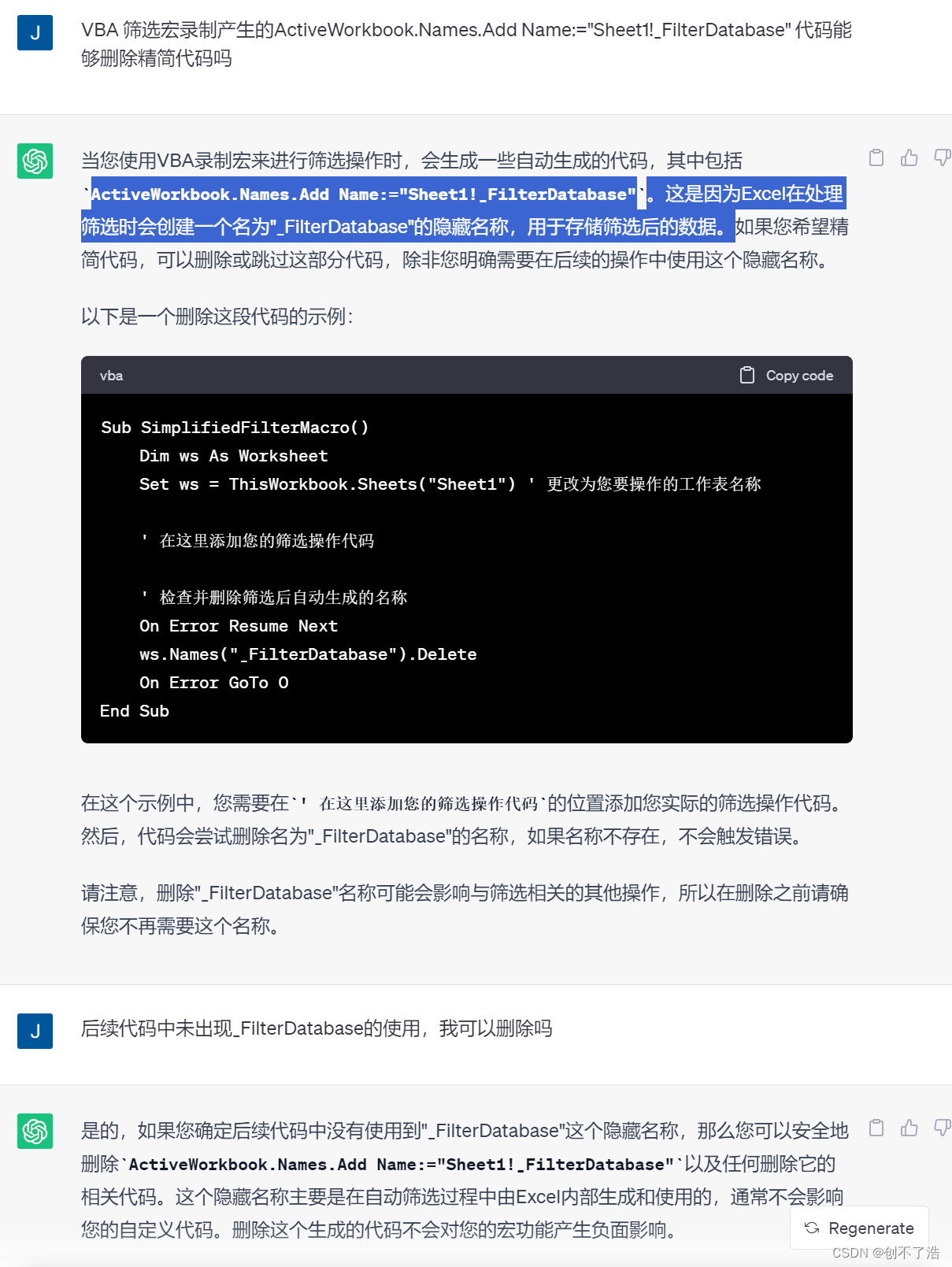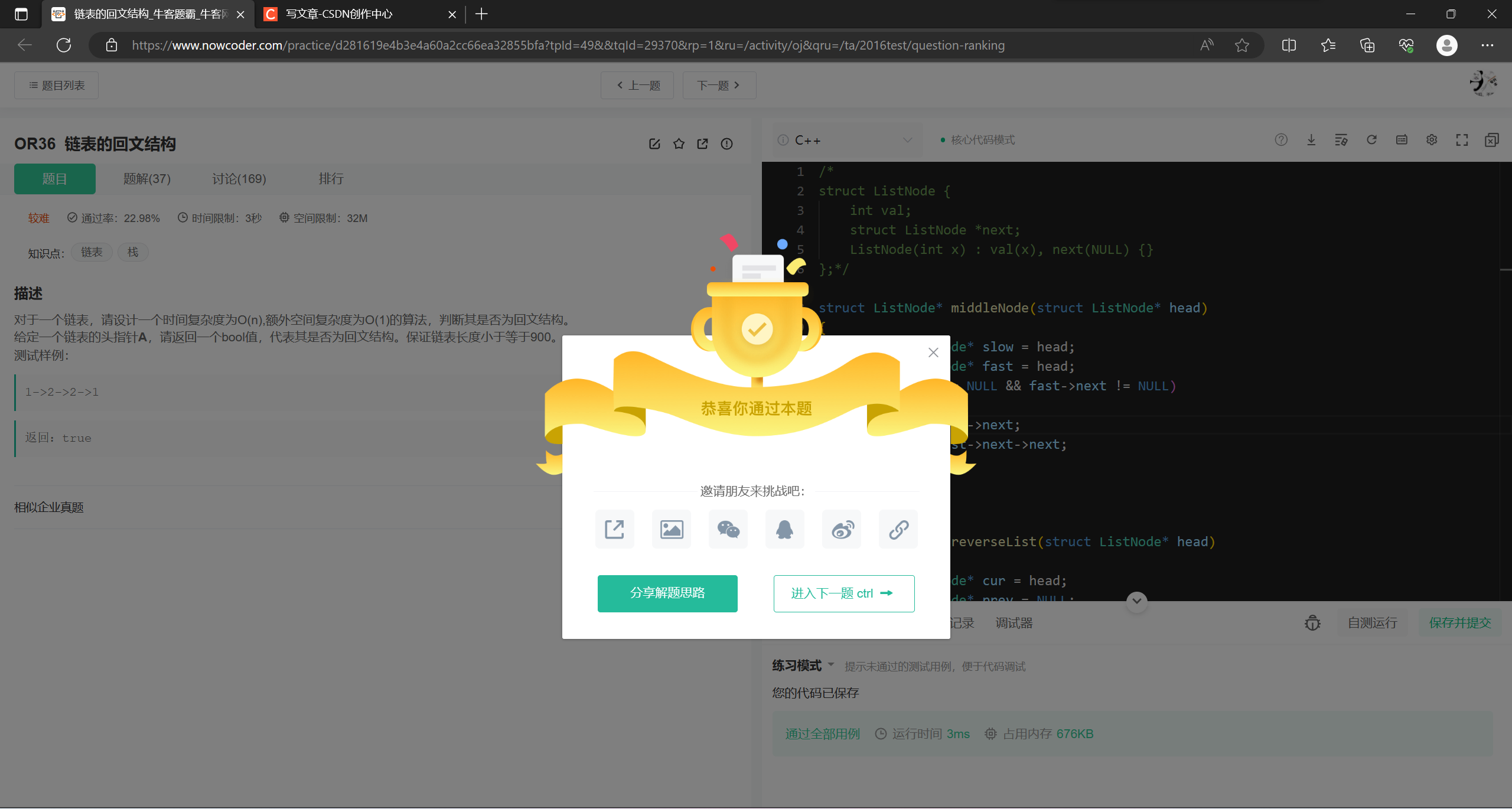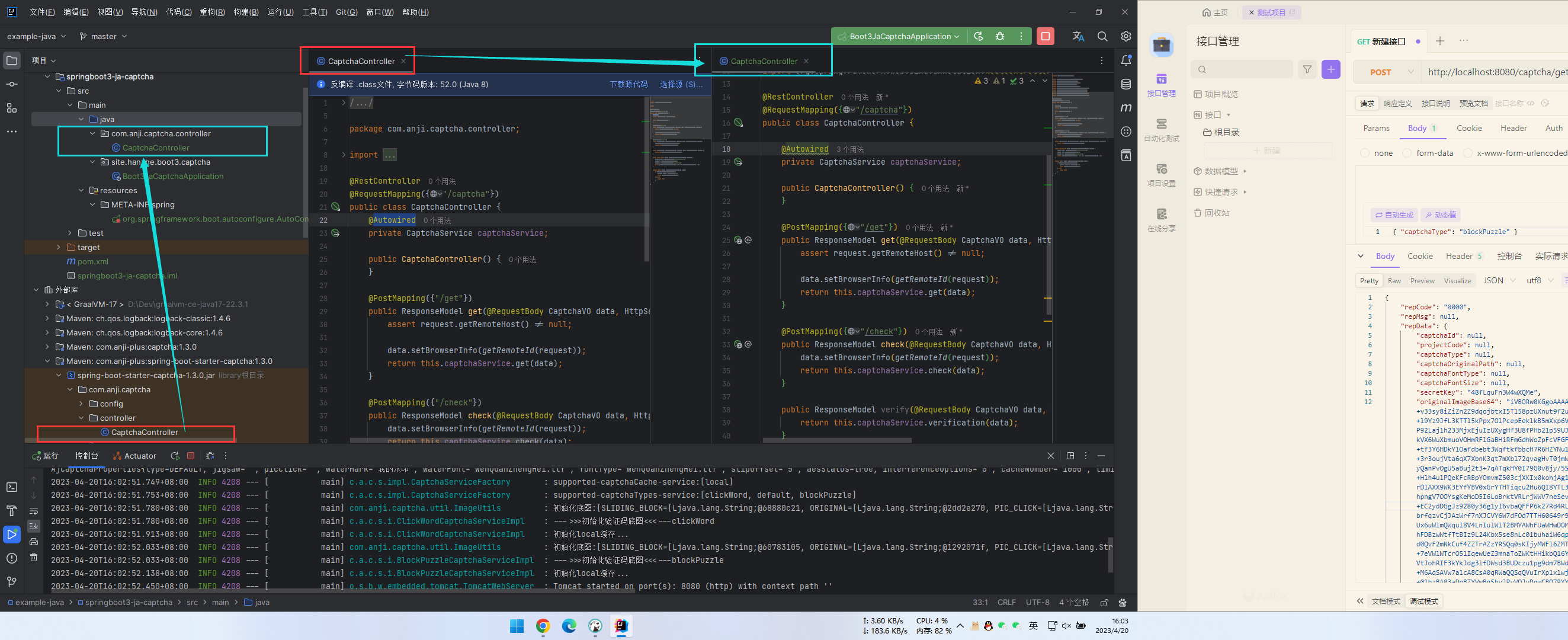我们在做自动化测试的时候,大家都是希望自己写的代码越简洁越好,代码重复量越少越好。那么,我们可以考虑将request的请求类型(如:Get、Post、Delect请求)都封装起来。这样,我们在编写用例的时候就可以直接进行请求了。
1. 源码分析
我们先来看一下Get、Post、Delect等请求的源码,看一下它们都有什么特点。
(1)Get请求源码
def get(self, url, **kwargs):
r"""Sends a GET request. Returns :class:`Response` object.
:param url: URL for the new :class:`Request` object.
:param \*\*kwargs: Optional arguments that ``request`` takes.
:rtype: requests.Response
"""
kwargs.setdefault('allow_redirects', True)
return self.request('GET', url, **kwargs)
(2)Post请求源码
def post(self, url, data=None, json=None, **kwargs):
r"""Sends a POST request. Returns :class:`Response` object.
:param url: URL for the new :class:`Request` object.
:param data: (optional) Dictionary, list of tuples, bytes, or file-like
object to send in the body of the :class:`Request`.
:param json: (optional) json to send in the body of the :class:`Request`.
:param \*\*kwargs: Optional arguments that ``request`` takes.
:rtype: requests.Response
"""
return self.request('POST', url, data=data, json=json, **kwargs)
(3)Delect请求源码
def delete(self, url, **kwargs):
r"""Sends a DELETE request. Returns :class:`Response` object.
:param url: URL for the new :class:`Request` object.
:param \*\*kwargs: Optional arguments that ``request`` takes.
:rtype: requests.Response
"""
return self.request('DELETE', url, **kwargs)
(4)分析结果
我们发现,不管是Get请求、还是Post请求或者是Delect请求,它们到最后返回的都是request函数。那么,我们再去看一看request函数的源码。
def request(self, method, url,
params=None, data=None, headers=None, cookies=None, files=None,
auth=None, timeout=None, allow_redirects=True, proxies=None,
hooks=None, stream=None, verify=None, cert=None, json=None):
"""Constructs a :class:`Request <Request>`, prepares it and sends it.
Returns :class:`Response <Response>` object.
:param method: method for the new :class:`Request` object.
:param url: URL for the new :class:`Request` object.
:param params: (optional) Dictionary or bytes to be sent in the query
string for the :class:`Request`.
:param data: (optional) Dictionary, list of tuples, bytes, or file-like
object to send in the body of the :class:`Request`.
:param json: (optional) json to send in the body of the
:class:`Request`.
:param headers: (optional) Dictionary of HTTP Headers to send with the
:class:`Request`.
:param cookies: (optional) Dict or CookieJar object to send with the
:class:`Request`.
:param files: (optional) Dictionary of ``'filename': file-like-objects``
for multipart encoding upload.
:param auth: (optional) Auth tuple or callable to enable
Basic/Digest/Custom HTTP Auth.
:param timeout: (optional) How long to wait for the server to send
data before giving up, as a float, or a :ref:`(connect timeout,
read timeout) <timeouts>` tuple.
:type timeout: float or tuple
:param allow_redirects: (optional) Set to True by default.
:type allow_redirects: bool
:param proxies: (optional) Dictionary mapping protocol or protocol and
hostname to the URL of the proxy.
:param stream: (optional) whether to immediately download the response
content. Defaults to ``False``.
:param verify: (optional) Either a boolean, in which case it controls whether we verify
the server's TLS certificate, or a string, in which case it must be a path
to a CA bundle to use. Defaults to ``True``.
:param cert: (optional) if String, path to ssl client cert file (.pem).
If Tuple, ('cert', 'key') pair.
:rtype: requests.Response
"""
# Create the Request.
req = Request(
method=method.upper(),
url=url,
headers=headers,
files=files,
data=data or {},
json=json,
params=params or {},
auth=auth,
cookies=cookies,
hooks=hooks,
)
prep = self.prepare_request(req)
proxies = proxies or {}
settings = self.merge_environment_settings(
prep.url, proxies, stream, verify, cert
)
# Send the request.
send_kwargs = {
'timeout': timeout,
'allow_redirects': allow_redirects,
}
send_kwargs.update(settings)
resp = self.send(prep, **send_kwargs)
return resp
从request源码可以看出,它先创建一个Request,然后将传过来的所有参数放在里面,再接着调用self.send(),并将Request传过去。这里我们将不在分析后面的send等方法的源码了,有兴趣的同学可以自行了解。
分析完源码之后发现,我们可以不需要单独在一个类中去定义Get、Post等其他方法,然后在单独调用request。其实,我们直接调用request即可。
2. requests请求封装
代码示例:
import requests
class RequestMain:
def __init__(self):
"""
session管理器
requests.session(): 维持会话,跨请求的时候保存参数
"""
# 实例化session
self.session = requests.session()
def request_main(self, method, url, params=None, data=None, json=None, headers=None, **kwargs):
"""
:param method: 请求方式
:param url: 请求地址
:param params: 字典或bytes,作为参数增加到url中
:param data: data类型传参,字典、字节序列或文件对象,作为Request的内容
:param json: json传参,作为Request的内容
:param headers: 请求头,字典
:param kwargs: 若还有其他的参数,使用可变参数字典形式进行传递
:return:
"""
# 对异常进行捕获
try:
"""
封装request请求,将请求方法、请求地址,请求参数、请求头等信息入参。
注 :verify: True/False,默认为True,认证SSL证书开关;cert: 本地SSL证书。如果不需要ssl认证,可将这两个入参去掉
"""
re_data = self.session.request(method, url, params=params, data=data, json=json, headers=headers, cert=(client_crt, client_key), verify=False, **kwargs)
# 异常处理 报错显示具体信息
except Exception as e:
# 打印异常
print("请求失败:{0}".format(e))
# 返回响应结果
return re_data
if __name__ == '__main__':
# 请求地址
url = '请求地址'
# 请求参数
payload = {"请求参数"}
# 请求头
header = {"headers"}
# 实例化 RequestMain()
re = RequestMain()
# 调用request_main,并将参数传过去
request_data = re.request_main("请求方式", url, json=payload, headers=header)
# 打印响应结果
print(request_data.text)
注 :如果你调的接口不需要SSL认证,可将cert与verify两个参数去掉。
最后感谢每一个认真阅读我文章的人,礼尚往来总是要有的,虽然不是什么很值钱的东西,如果你用得到的话可以直接拿走:【文末领取】
【下面是我整理的2023年最全的软件测试工程师学习知识架构体系图+全套资料】
一、Python编程入门到精通
 二、接口自动化项目实战
二、接口自动化项目实战
三、Web自动化项目实战

四、App自动化项目实战
五、一线大厂简历
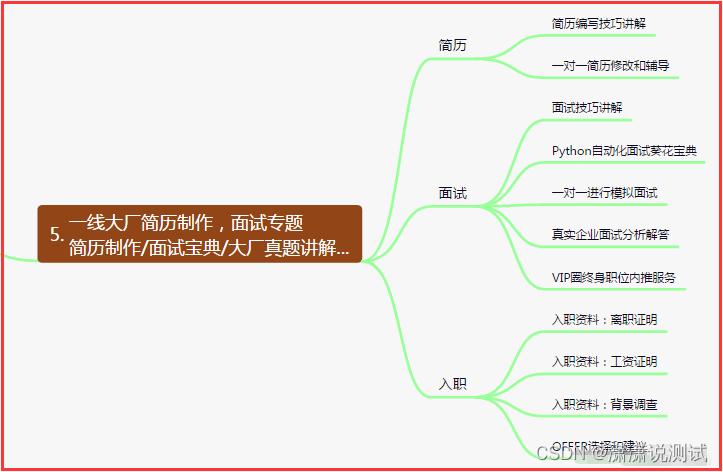
六、测试开发DevOps体系
七、常用自动化测试工具
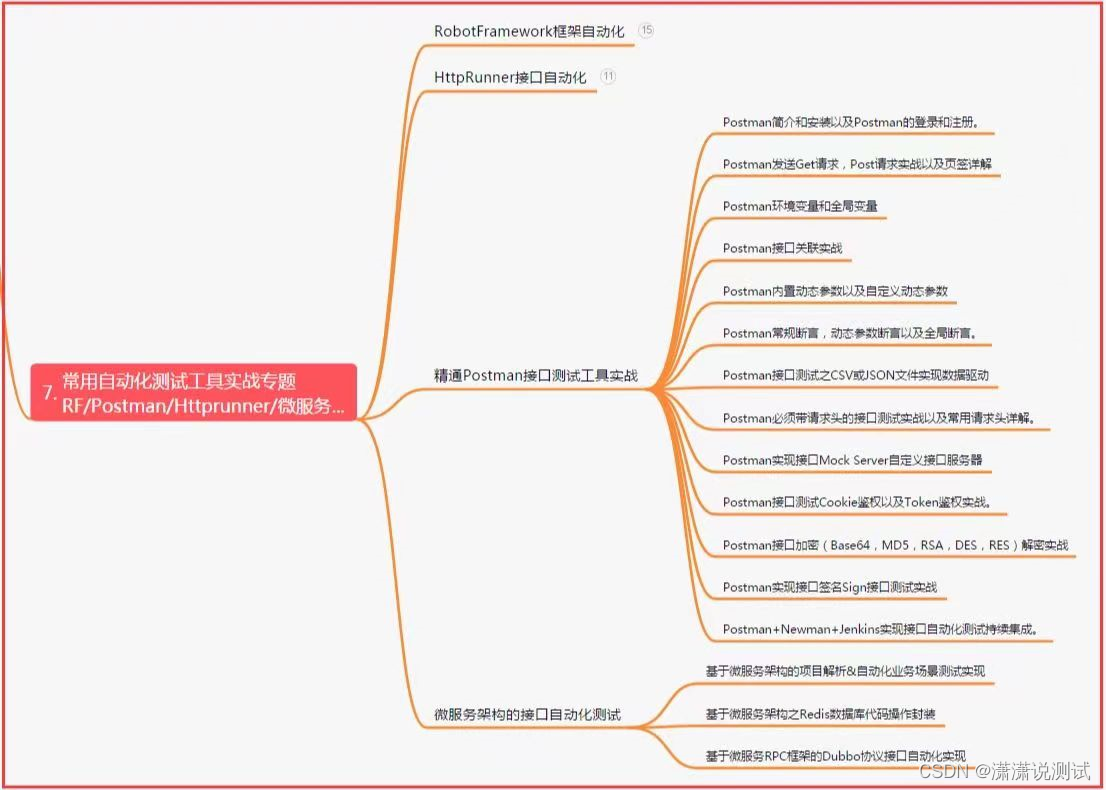
八、JMeter性能测试
九、总结(尾部小惊喜)
生命不息,奋斗不止。每一份努力都不会被辜负,只要坚持不懈,终究会有回报。珍惜时间,追求梦想。不忘初心,砥砺前行。你的未来,由你掌握!
生命短暂,时间宝贵,我们无法预知未来会发生什么,但我们可以掌握当下。珍惜每一天,努力奋斗,让自己变得更加强大和优秀。坚定信念,执着追求,成功终将属于你!
只有不断地挑战自己,才能不断地超越自己。坚持追求梦想,勇敢前行,你就会发现奋斗的过程是如此美好而值得。相信自己,你一定可以做到!



